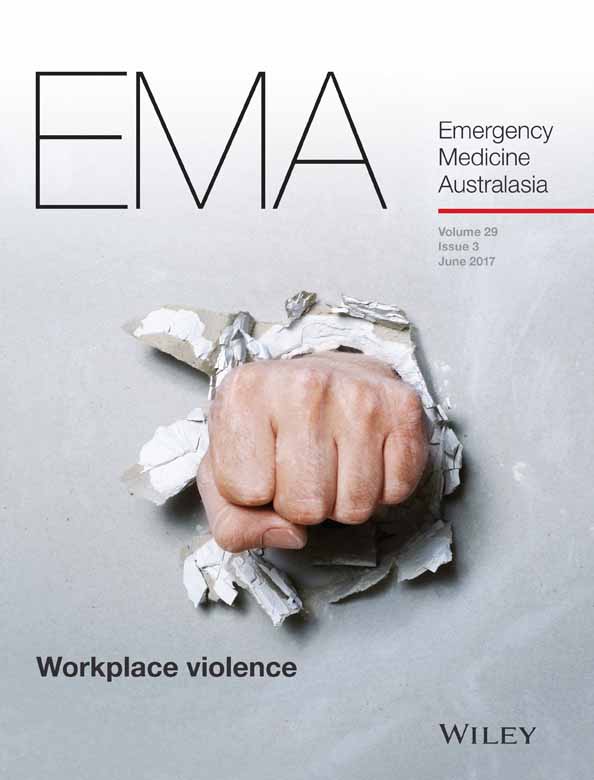Impact of an education session on clinical handover between medical shifts in an emergency department: A pilot study
Abstract
Objective
To evaluate the impact of a medical education session on the implementation of a new change of shift medical clinical handover format in an urban hospital ED.
Methods
This pilot study used a pre- and post-intervention design. The intervention consisted of a 1 h education session to teach a new handover format, SBARM (Situation, Background, Assessment, Recommendation, Medication). Data were collected through observations of doctors performing clinical handover and individual interviews with participants.
Results
The educational intervention led to an increased focus on checking medication charts, but had minimal effect on changing other aspects of clinical handover at doctors’ change of shift times. Perceived increased time spent on handover using the new system was seen as a major barrier to the implementation of SBARM. The addition of ‘M’ to ‘SBAR’ heightened awareness of checking medication and fluid charts.
Conclusion
Time pressures need to be taken into consideration when introducing changes to current processes. Also, it is recommended that, in addition to ongoing education, senior clinicians are engaged during the planning and execution stages of changes to practice.




